The Henry Ford’s inHub learning platform helps teachers prepare students to be world-changing innovators, inventors, and entrepreneurs. Through the use of the Model i framework, students learn five actions and six habits that are common in stories of innovators, from the Wright brothers to Rosa Parks. The actions and habits were designed to help unleash the inner innovator in all students.
To see how it plays out in an elementary classroom setting, we asked North Carolina 4th grade teacher Amanda Dover to try out the inHub curriculum resource library with her students. Here’s her Teacher Picks review—and why she recommends this platform for other educators looking to develop student innovation.
What grade levels and subject areas do you think The Henry Ford’s inHub is best suited for?
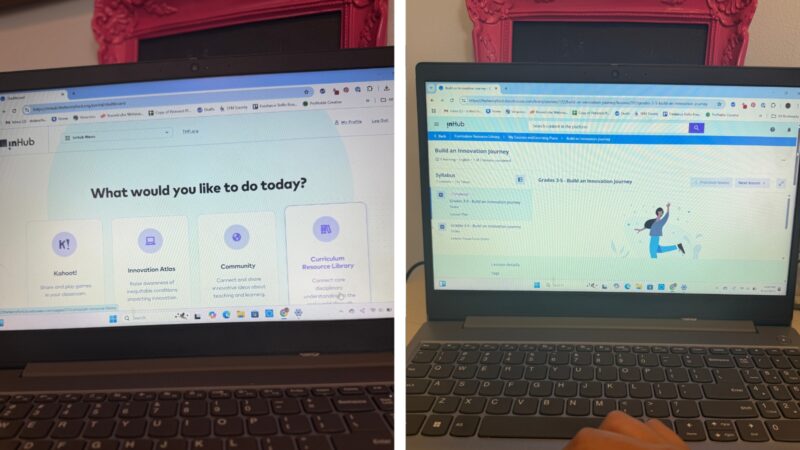
The beautiful thing about this resource is that there are features accessible for virtually all ages. Their Innovate for Tots resources offer lesson plans perfect for preschoolers. Additionally, you’ll find resources tailored to K-12 classes that are easily filtered by grade level to make planning a breeze. The videos and interactive activities can be suitable for all grades, especially with structured support.
As a teacher of dyslexic students, I have lots of conversations with students about the unique strengths of the dyslexic brain, particularly the ability to “think out of the box.” Research has shown that dyslexic brains have an edge in innovative thinking due to the different way they process information. This platform is truly a gift as it allows them to access their innovative superpowers in a fun and interactive way. From watching videos and seeing how others harnessed their own creative powers to engaging in lessons like the Model i Primer: Learn From Failure, students learn to embrace the process of innovation and valuable life lessons learned along the way.
Does this product align with any specific standards or curriculum guidelines that you know of?
This aligns with most technology standards in all states promoting digital-age skills that help students become career- and college-ready. Additionally, several aspects of the platform address many social studies and science standards nationally. Specifically in North Carolina, this addresses standards such as “H.1 Understand how people and events have changed society over time,” spanning multiple grades. As we study Colonial times through the Revolutionary War in our 4th grade classroom, this site allows us a lens into the evolution of society through the years.
While the majority of the activities and lessons on this site focus on social studies and science standards, many of these activities also have an ELA component. Lots of the activities hit the standard “CCSS.ELA-Literacy.W.4.2 – Write informative/explanatory texts to examine a topic and convey ideas and information clearly.” A product of almost all of the lessons is a worksheet or written component that requires students to explain what they learned—an excellent extension of writing skills.
The content on the site also provides opportunities for cross-curricular projects, where students can work on their own inventions and present them in a classroom showcase, building skills in creativity, communication, and critical thinking.
For example, the Paper Airplane Fun lesson incorporates science, math, and language arts. In this activity, students are tasked with creating a paper airplane based on different designs they’ve researched. Once they’ve decided on a design, they then test their airplanes and collect quantifiable data (the distance the planes flew and their wingspan). This data can also be turned into a graph as another math extension activity. Upon completion of the project, students then extend this activity into writing as they summarize the results of their project in written form (CCSS.ELA-Literacy.W.4.7).
How would you use this product in your classroom?
inHub offers a unique opportunity to bring innovation, creativity, and real-world problem-solving skills into the classroom. The variety of resources on this site perfectly complements units on STEM, history, and design thinking.
As a design-thinking activity, I would have students explore the Innovative Learning Framework on inHub, guiding them through the process of identifying a problem, brainstorming solutions, and creating prototypes. Starting with the Model i primer, students learn to think like innovators and then are walked through the innovation process step-by-step. There are so many ways to expand this, including tying it into a lesson on famous inventors, using the site’s videos and historical materials to inspire student projects.
In social studies, I would use the site’s artifacts like those found in the With Liberty and Justice for All resource guide. inHub features a guide to the actual artifacts that can be found in the Henry Ford Museum of American Innovation. In social studies, we spend the bulk of the year discussing the events of the American Revolution and events leading up to the war. These artifacts and stories could help deepen students’ understanding of Revolutionary War events. Thomas Paine’s 1776 Common Sense pamphlet was discussed as one of the inciting incidents of the war, and the artifact spotlight provides more details and context around this document for students. This field trip also highlights artifacts such as the Declaration of Independence, the Benedict Arnold letter, and George Washington’s Camp Bed.

How did your students react to the site?
As an ELA activity and extension of our conversations about innovation, we explored the Stay Curious lesson. A defining characteristic of my class this year has been their shared love of puns. Through this activity, students used their innovative mindsets and creativity to create their own puns with homophones and homographs. My favorite was overhearing this pun shared with a friend: “Why can’t you give Elsa a balloon? Because she will let it go!” Their love of puns didn’t stop with this lesson, as they continued to use their creative thinking skills to invent new puns long after this lesson! As one of them stated, “We are pun-fessionals now!”
We also tried out several of the Kahoot! games. Our favorite was Stay Curious … Like the Wright Brothers. We learned about how the famous brothers started with a bike shop, which helped spark their innovative spirit later, leading them to invent the world’s first successful airplane. After playing, a student shared, “I liked this Kahoot! because it was fun and I got to test what I knew. Learning how the Wright brothers kept trying new stuff made me want to keep learning too.”
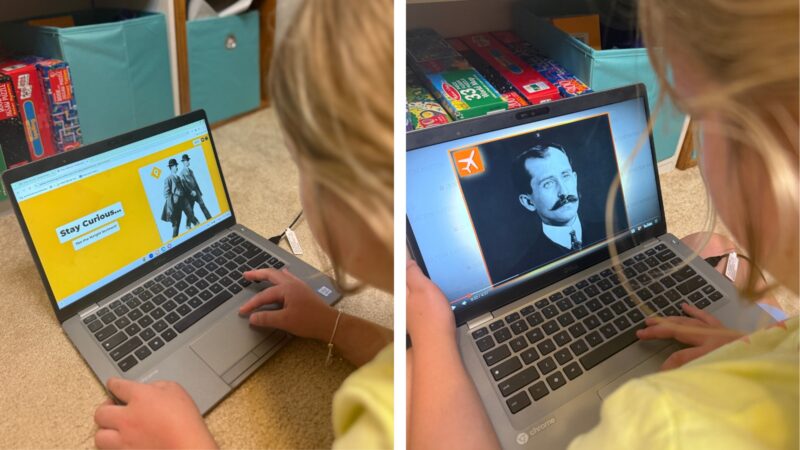
Why is The Henry Ford’s inHub your Teacher Pick?
Teaching innovation can be hard because schools and systems aren’t always built for change. A lot of the time, things have been done the same way for years, and trying something new can feel risky, especially when teachers are under pressure to meet standards and test scores. There’s also the challenge of not having enough time, training, or resources to try out new ideas properly. Even when teachers want to innovate, they might face pushback from parents, administrators, or even students who are used to the old ways. Plus, it’s hard to measure whether a new approach is really working, especially in the short term. All of this makes it tricky to break out of the usual routine and try something different in the classroom.
Using this inHub platform helps break down barriers because the lessons are easy to use and implement. The site presents information in a well-organized, user-friendly format. I discovered lesson plans, activities, and resources that directly matched my needs. I especially valued the clear instructions and ready-to-use materials, which allowed me to integrate these concepts into my teaching with minimal prep time or extra training. In addition, I found lots of ways to talk about innovation with my students’ parents and administration, which was great for developing a rationale behind everything I do in the classroom.
What were your favorite two features on The Henry Ford’s inHub?
My students adore Kahoot!, so I love that inHub offers lots of engaging options on this platform. I plan to use Kahoots regularly in my classroom from this site.
Additionally, I love the curriculum resource library. I found it well organized and easy to use. I loved that each grade level had a wide variety of lessons that were easy to follow and adapt as needed for classroom use.
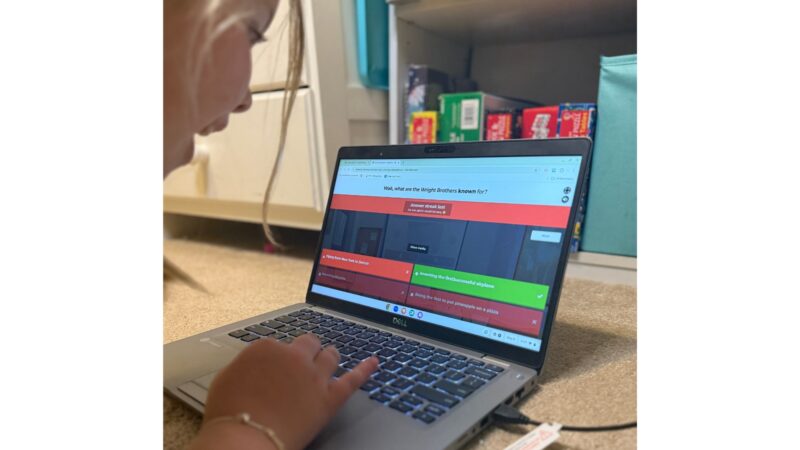
What makes inHub unique compared to other programs you’ve used?
inHub’s strong focus on innovation, creativity, and real-world problem-solving make it stand out from other educational programs I’ve used. I love how all of these things are grounded in authentic historical content, making it all cross-curricular, integrating aspects of STEM, history, and social studies. It inspires creativity by connecting students directly with real artifacts, stories of inventors, and the innovation process.
Also unique to inHub are the Innovative Learning Framework and the Invention Convention Program. The framework is unique because it provides a hands-on student-centered approach that extends far beyond traditional classroom instruction. Its activities are rooted in historical innovation. This helps connect students with the legacy of innovation throughout our modern society. The framework is inquiry-based, allowing students to formulate their own questions and then conduct the research to answer them. It emphasizes process over perfection, reminding students that failure is part of the process and contributing to the growth mindset we as educators are striving to instill in our classrooms.
I love how this methodology empowers my students and treats them as thinkers and creators who are shaping the 21st-century world we live in. The skills they gain from this are essential to becoming productive citizens of the next generation. I also love that it allows for lots of cross-curricular connections, blending things like social studies and math, or science and writing, to make learning more meaningful and engaging.
How will inHub save you time or make teaching easier?
inHub saves time by providing ready-to-use high-quality resources that can easily be integrated into lesson plans. This means I don’t have to create everything from scratch. It also provides access to tons of engaging content that aligns with my curriculum and standards.
When working on projects that require a bit of innovation and creativity, inHub also gives actionable ideas and steps to guide students through the process seamlessly. This ultimately reduces the time I’d otherwise spend planning project-based assignments.
How do you plan to use inHub again in the future?
As I’ve explored the site, I’ve found tons of opportunities to use the platform in my classroom next year. The Colonial- and American Revolution–era artifacts interest me for my social studies curriculum. I plan to integrate those into my studies next year. I’d also like to introduce my students to the innovation framework as we explore project-based activities where these steps could be useful. I also plan to check out these resources to help me discover more ways to innovate in the classroom:
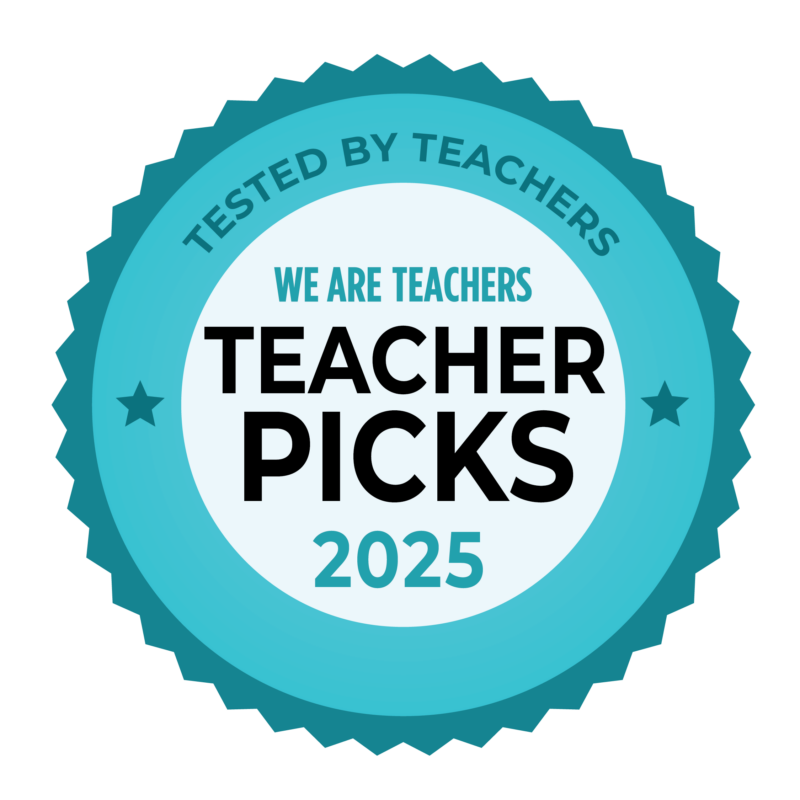
Teacher Picks is a sponsored program available from We Are Teachers. All opinions shared in the review are honest and based on the teacher’s direct experience. To learn more about our guidelines and review process, click here.

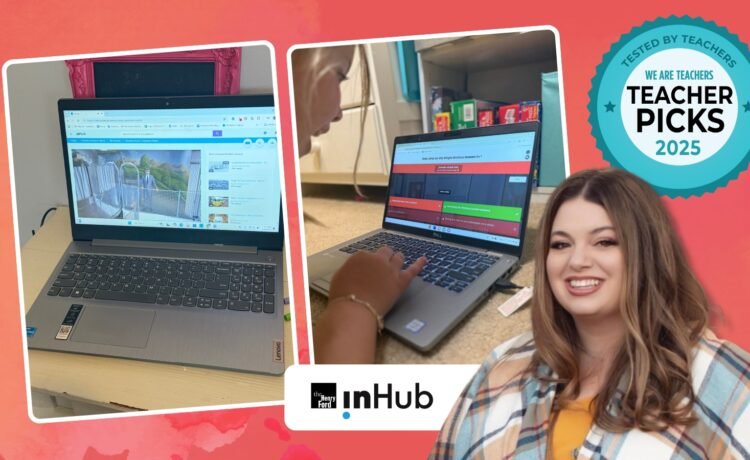
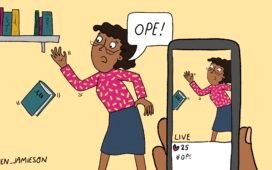
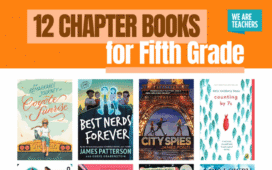
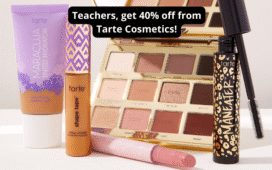
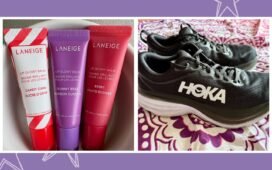
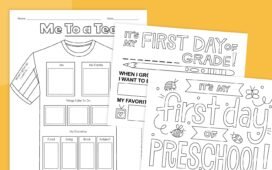
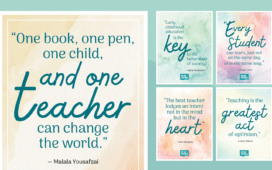
Recent Comments